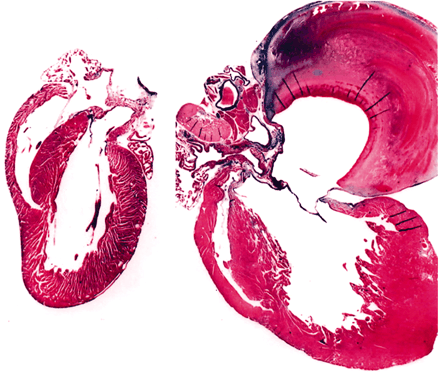Phosphorylation of G Protein–Coupled Receptors: GPCR Kinases in Heart Disease
- 1Department of Surgery,
- 2Department of Pharmacology,
- 3Department of Cancer Biology, Duke University Medical Center, Durham, NC 27710
- Address correspondence to WJK. E-mail koch0002{at}mc.duke.edu; fax 919-684-5714.
Abstract
In the heart, β -adrenergic receptors (β ARs), members of the superfamily of G protein–coupled receptors (GPCRs), modulate cardiac responses to catecholamines. β AR signaling, which is compromised in many cardiac diseases (e.g., congestive heart failure), is regulated by GPCR kinases (GRKs). Levels of the most abundant cardiac GRK, known as GRK2 or β AR kinase 1 (β ARK1), are increased in both animal and human heart failure. Transgenic mouse models have demonstrated that β ARK1 plays a vital role in cardiac function and development, as well as in the regulation of myocardial signaling, and pharmacological studies have further implicated GRKs in the impairment of cardiac GPCR signaling. Gene therapy, along with the development of small-molecule modulators of GRK activity, has indicated in multiple animal models that the manipulation of GRK activity may elicit therapeutic benefits in many forms of cardiac disease.

Compared to a normal mouse heart (left), the overexpression of human β2-adrenergic receptors in transgenic mice results in morbid hypertrophy (right). The regulation of β-AR activity in the heart
represents an important therapeutic target.
Image adapted with permission from SB Liggett et al. Early and delayed consequences of β2-adrenergic receptor overexpression in mouse hearts. Circulation 101, 1707-1714 (2000).
- © American Society for Pharmacology and Experimental Theraputics 2003



